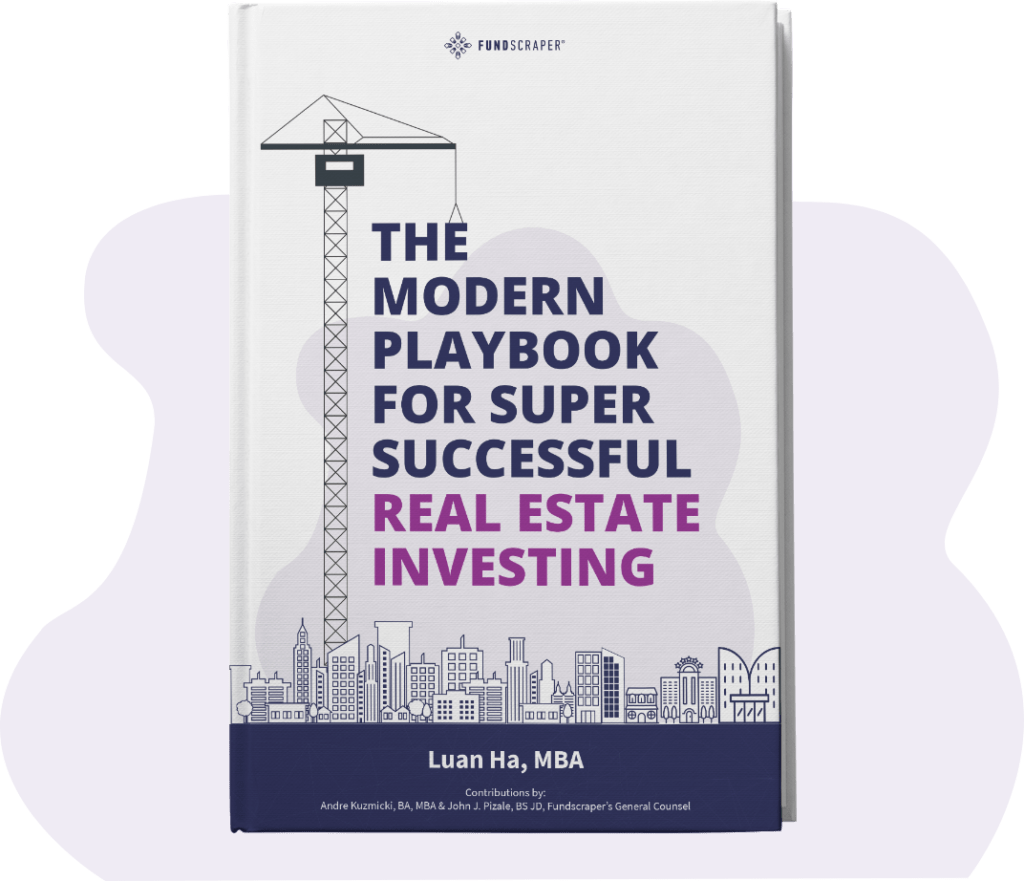Having the funds you need to support yourself in retirement is key to sustaining your quality of life after work. There are various ways you can fund your retirement in Canada, one of them being via a LIF.
But what is a LIF? How does a LIF work, what can be placed in it, and how are funds taken out?
In this article, we will answer all of those questions and more.
What is a LIF? (LIF Meaning)
A Life Income Fund (LIF) is a type of registered retirement income fund (RRIF) available in Canada. This type of fund can be used to hold locked-in pension funds and other assets for retirement.
Some important characteristics of a LIF include the fact that:
- LIF funds CANNOT be withdrawn in one lump sum
- LIF funds ARE creditor-protected
- In many cases, you MUST be of early retirement age to begin receiving LIF funds (55 years old)
- You CAN choose your LIF investments
- LIF contributions grow TAX-DEFERRED
- There ARE legal limits to how much you can contribute/withdraw
- You MUST start receiving LIF payments AFTER you turn 71
- You NEED your spouse’s consent to set up a LIF as per pension legislation
LIFs are offered by institutions across Canada. Once funds are withdrawn from a LIF, they are subject to income tax.

The Meaning of LIF in the Investment Context
The meaning of a LIF in an investment context is broad.
Many jobs in Canada include a registered pension plan. Once you reach retirement, the lump sum value of your vested contributions to your pension plan, plus interest, must be unlocked in order to access the funds.
How can you do this? Each province has an age at which you can begin to withdraw money from your pension. You can unlock your pension by converting the funds into a LIF, a locked-in retirement income fund (LRIF), a Locked-in Retirement Account (LIRA) also known as a locked-in Registered Retirement Savings Plan (locked-in RRSP), a Locked-in Retirement Savings Plan (RSP) or a Restricted Life Income Fund (RLIF).
You may also unlock your pension by purchasing a life annuity.
Your LIF can hold many types of investments including:
- Cash
- Securities listed on a designated stock exchange
- Mutual funds
- Corporate bonds
- Government bonds
- ETFs
Want to Start Investing Like a Real Estate Pro?
Our investments catalogue can help you get started right away!
With your pension funds in a LIF, you can continue to grow your money while accessing it for life needs, over time. Depending on your province, you may have to purchase a secure guaranteed income in a life annuity at a certain age to use the money remaining in a LIF. This depends on where you live, however.
In addition, if you live in Quebec, Nova Scotia, or Newfoundland and Labrador, you may qualify for something called temporary income as described by Sun Life.
With a LIF, you can control your investments, maximize your tax deferral and name a beneficiary as a recipient of your funds following your death.
As a positive progression for your pension, a LIF presents a responsible way of dealing with pension income with the potential for growth over time.
What is LIF: Understanding Withdrawal Amounts
Why choose to place your pension in a LIF?
With a LIF, as with other registered products, your contributions are allowed to grow tax-deferred when kept within the fund. In this way, a LIF can keep your investment retirement earnings tax-sheltered.
You keep more money! In addition, LIF funds are creditor-protected. And as one of many registered products accounts available in Canada, having your money in a LIF can help reduce your taxes.
In some circumstances, you can withdraw funds from a LIF at any age as long as they are to be used for retirement needs. These might include situations of non-residence, financial hardship, a shortened life expectancy or having a small account balance if you are 55 or older.
At the time of this article’s publishing, pensions in federal jurisdictions like Alberta, Manitoba, New Brunswick and Ontario can be withdrawn once in a lump sum. In most cases, however, you cannot withdraw from a LIF before the age of 55 and it must be done gradually.

Understanding the Meaning of LIF: Maximum and Minimum Withdrawal Amounts
It’s important to know that there are normally certain maximum withdrawal limits and minimum withdrawal rules for LIFs.
The amount you can legally withdraw each year from your LIF is a percentage of your total fund. This fluctuates annually. This percentage is disclosed in the yearly Income Tax Act as information applicable to all RRIFs.
Want to Become an Expert on Retirement Funds? Check Out These Articles Today:
So, how does it work?
When you are ready to begin LIF withdrawals, you must specify how much you would like to take out at the outset of each fiscal year. The idea is that you withdraw funds within a certain limited range in order to receive lifetime LIF income.
Many online platforms have useful LIF withdrawal calculators to help guide you through the process.
Investing with Fundscraper
As Canada’s leading private real estate investment marketplace, Fundscraper has customized investments to potentially match your desired income and investment targets.
Our goal is to help everyday investors access a world of new wealth that has historically been available to only a small portion of the population. Our easy-to-access online platform allows you to start investing in real estate-backed securities with as little as $5000.
Our team has helped process more than $420 million in investor capital into high-value real estate-secured investments.
Join today. It’s time to get your money working for you to produce real results and enjoy the benefits of investing in real estate.










